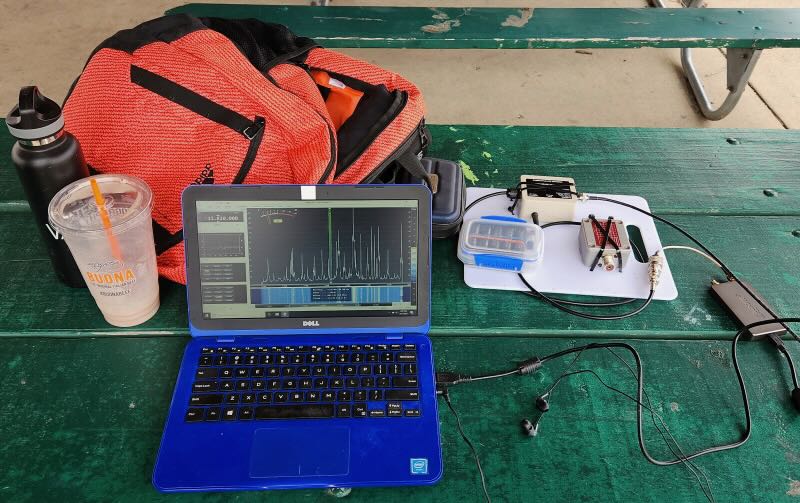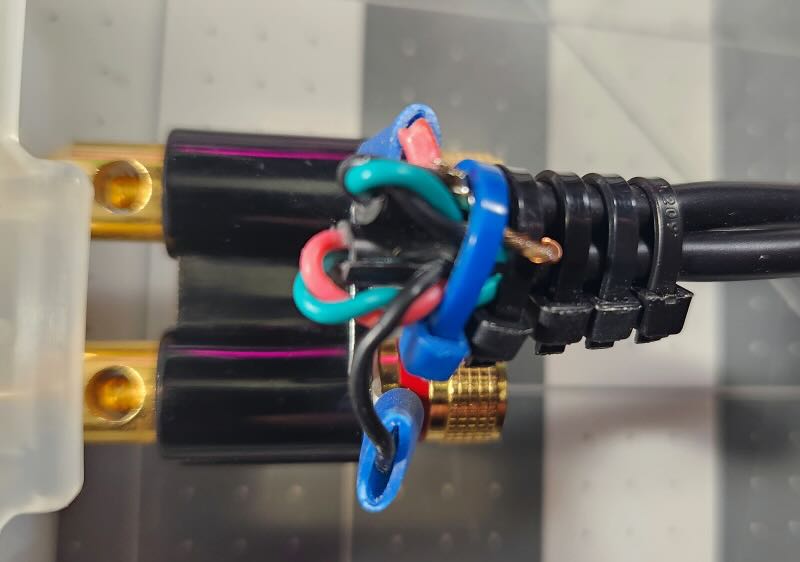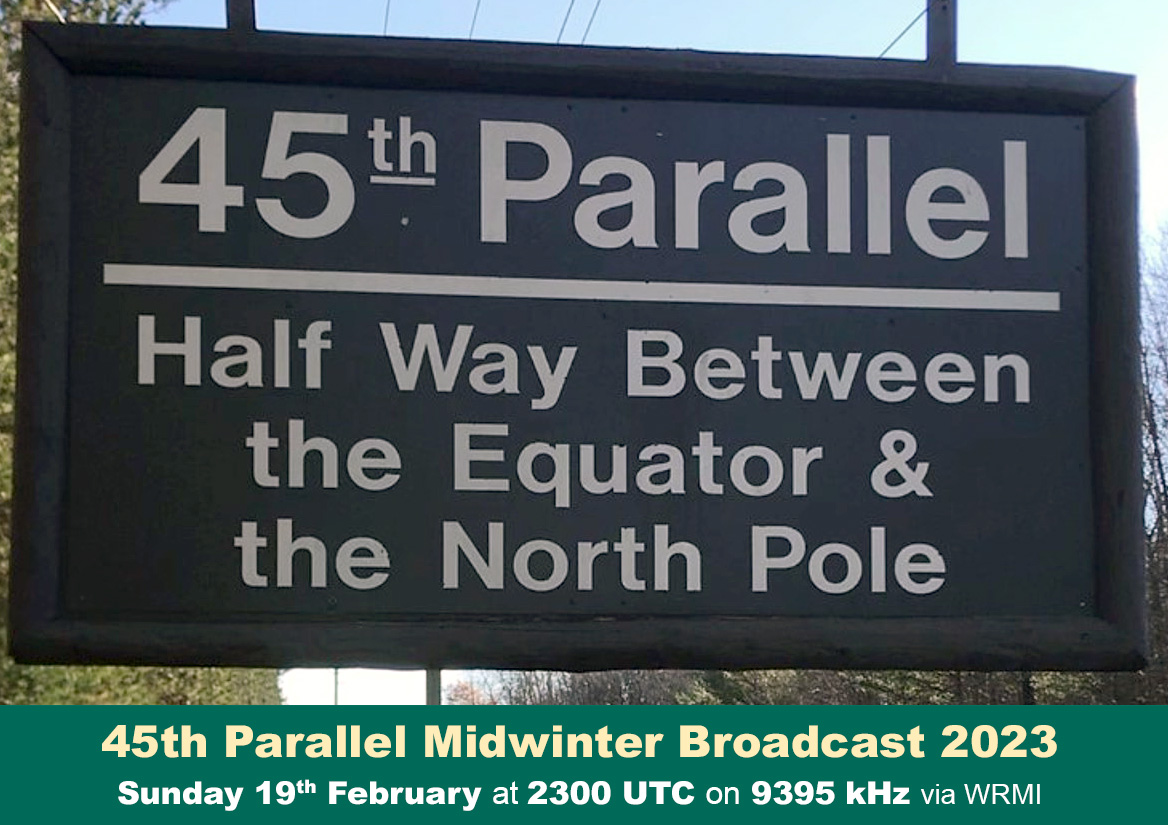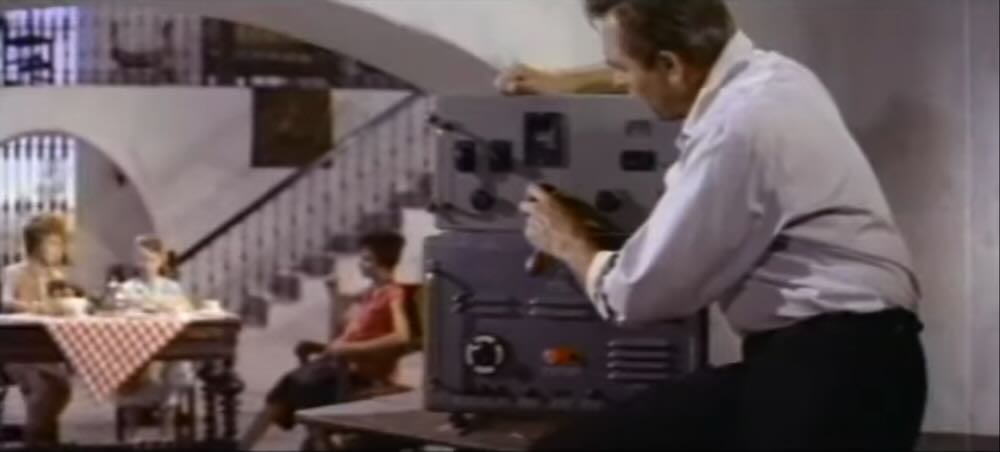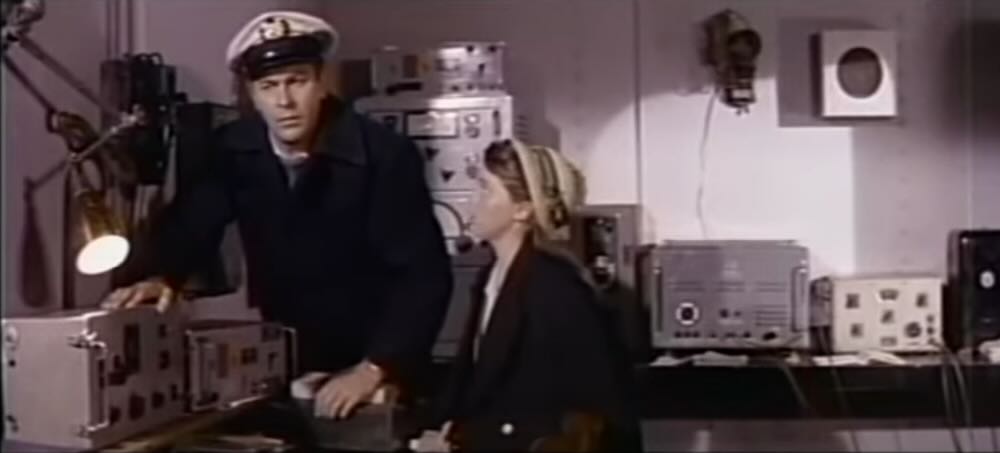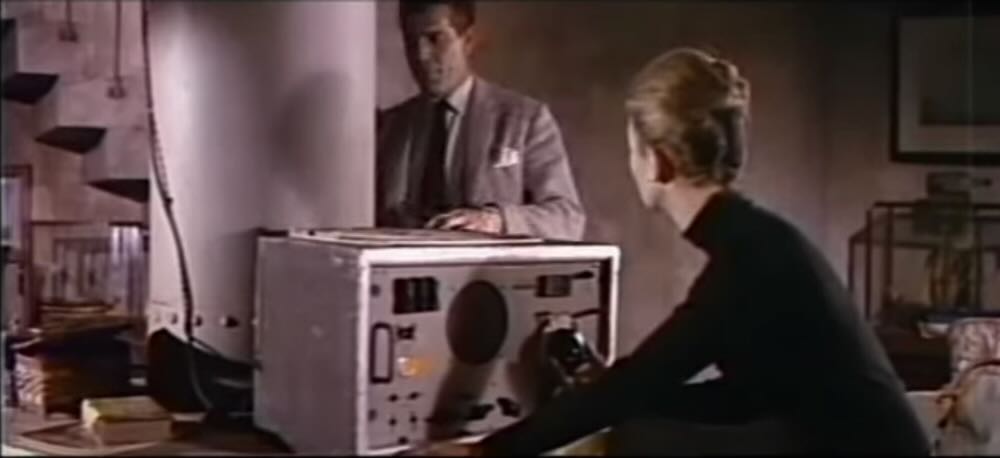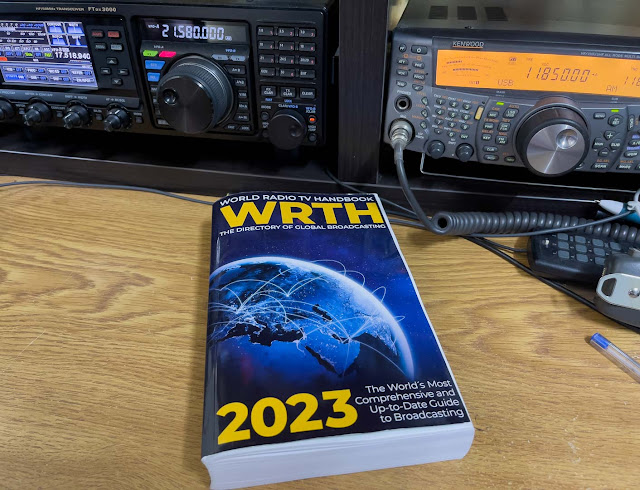Radio Waves: Stories Making Waves in the World of Radio
Welcome to the SWLing Post’s Radio Waves, a collection of links to interesting stories making waves in the world of radio. Enjoy!
Many thanks to SWLing Post contributors Tracy Wood, Eric McFadden, and Dennis Dura for the following tips:
?Radio Gibraltar marks 65 years on the air (GBC)
Radio Gibraltar is today celebrating 65 years. Hitting the airwaves for the first time on the 16th February 1958, the station continues to inform and entertain the community.
One of its stalwart presenters George Du Boulay is himself celebrating a milestone this year, 50 years on air.
Our reporter Michael Beltran looks back at Radio Gibraltar’s history and speaks to George about his memories.
Check out this article at GBC.
Tracy notes: GBC runs two radio services (and a breakaway third for local Parliament when in session) as well as one TV channel. www.gbc.gi Spanish can be heard 1400-1600 local Gibraltar time Mon-Fri on Radio Gibraltar Plus. Remaining hours are in English. GBC transmits on AM, FM, and DAB.
Did an F-22 shoot down an Illinois hobby group’s small radio balloon? (NPR)
Did a superpower showdown provoke the U.S. into using a fighter jet to shoot down a hobbyist group’s research balloon in Canada? That’s the question the public — and the FBI — wants to answer, after the U.S. military shot down several unidentified airborne objects last weekend.
A military spokesperson tells NPR it’s their understanding that the FBI has spoken to the hobbyist group in question — the Northern Illinois Bottlecap Balloon Brigade, based just north of Chicago — in an apparent attempt to determine whether their small balloon might have inadvertently caused a big ruckus.
But the hobbyist club’s members are warning that while their balloon, whose radio callsign is K9YO-15, is missing in action, it’s too soon to say whether it was shot down by a warplane. They also say their balloon launches follow all federal regulations. [Continue reading full article…]
The USAF (Almost) Declares War on Illinois Radio Amateurs (Hackaday)
Every week the Hackaday editors gather online to discuss the tech stories of the moment, and among the topics this week was the balloons shot down over North America that are thought to be Chinese spying devices. Among the banter came the amusing thought that enterprising trolls on the Pacific rim could launch balloons to keep the fearless defenders of American skies firing off missiles into the beyond.
But humor may have overshadowed by events, because it seems one of the craft they shot down was just that. It wasn’t a troll though, the evidence points to an amateur radio pico balloon — a helium-filled Mylar party balloon with a tiny solar-powered WSPR transmitter as its payload. [Continue reading at Hackaday…]
Messages by Joerg Dankert (BandCamp)
 Many thanks to SWLing Post contributor, Dennis Dura, who recently discovered the album “Messages” by Joerg Dankert. The album is heavily influenced by Dankert’s recent rediscovery of the shortwaves.
Many thanks to SWLing Post contributor, Dennis Dura, who recently discovered the album “Messages” by Joerg Dankert. The album is heavily influenced by Dankert’s recent rediscovery of the shortwaves.
Click here to listen to and read about this album on BandCamp.
Do you enjoy the SWLing Post?
Please consider supporting us via Patreon or our Coffee Fund!
Your support makes articles like this one possible. Thank you!








